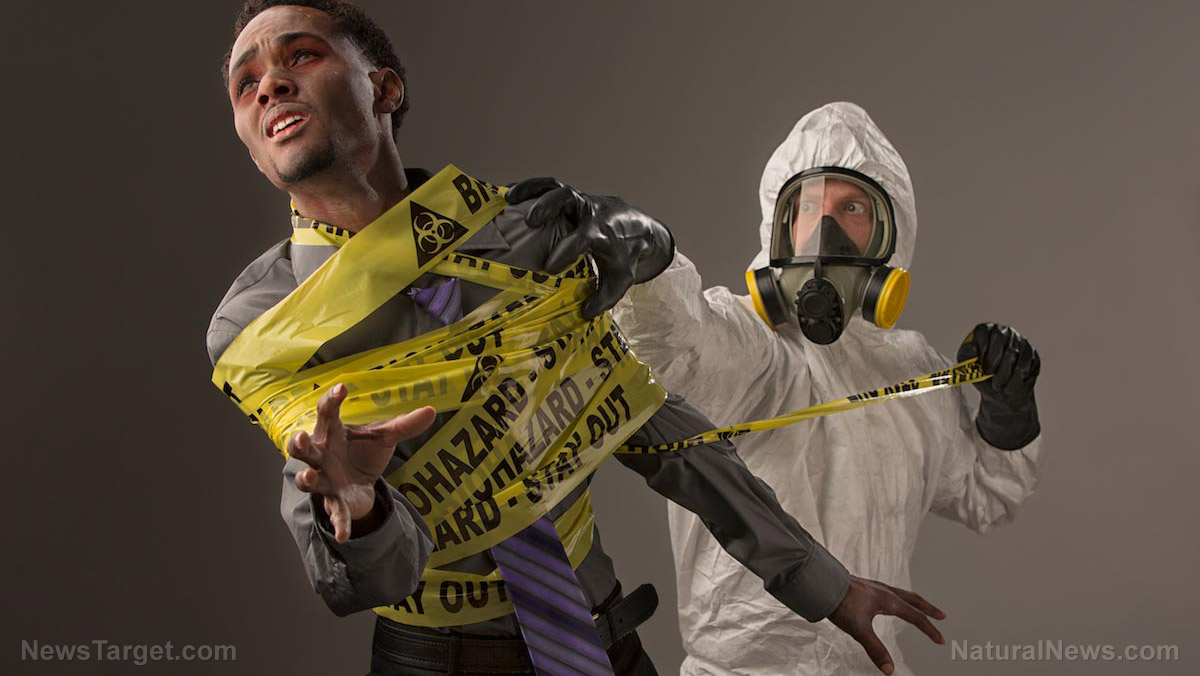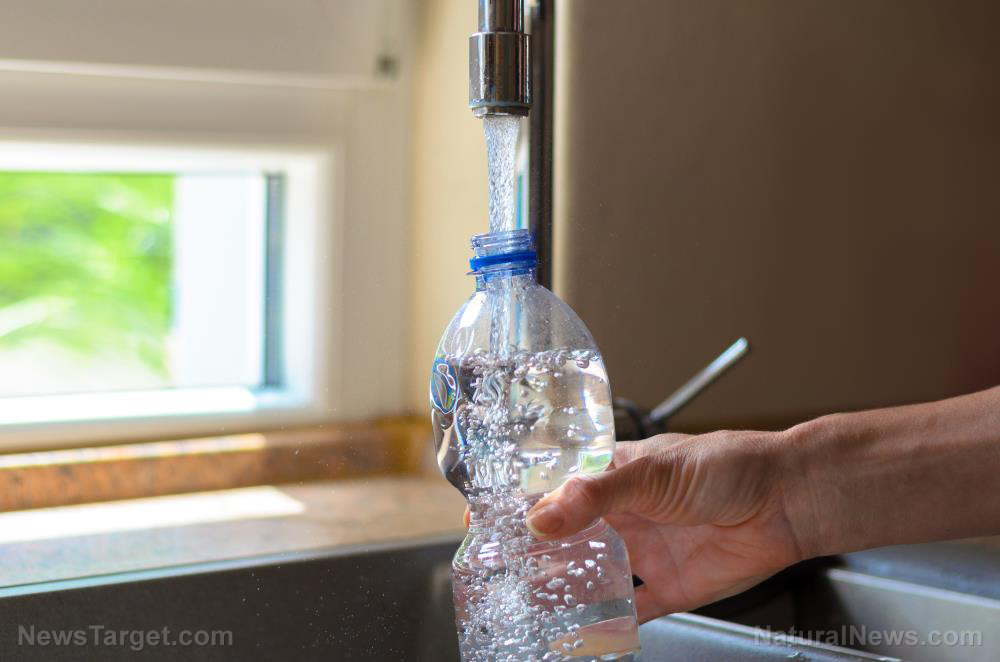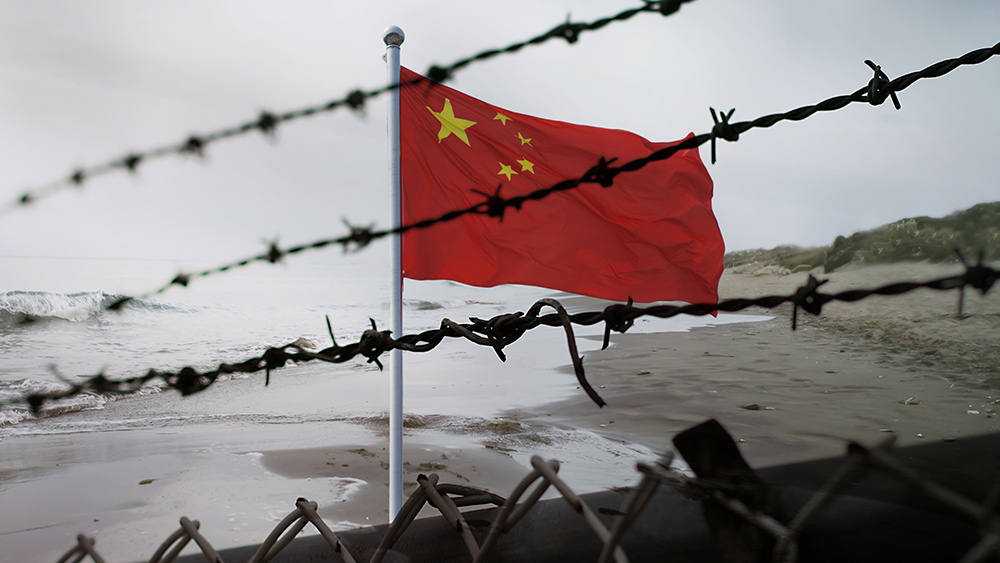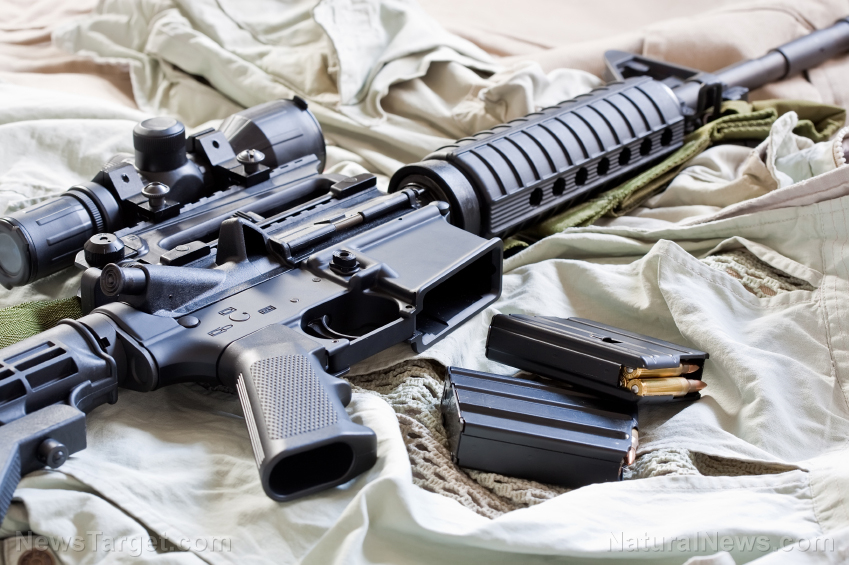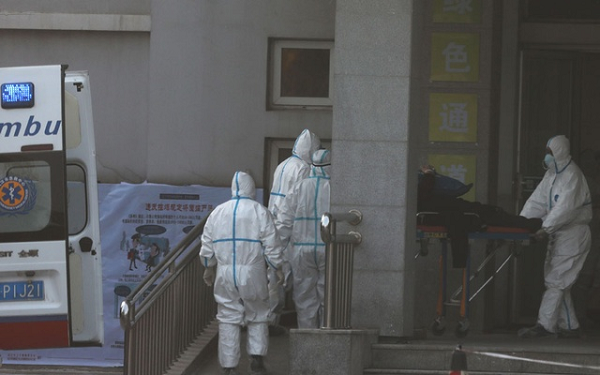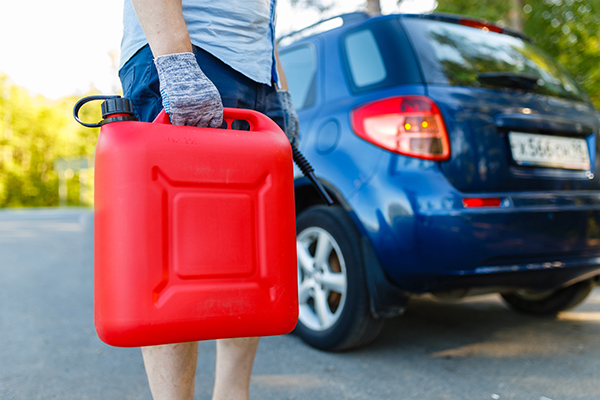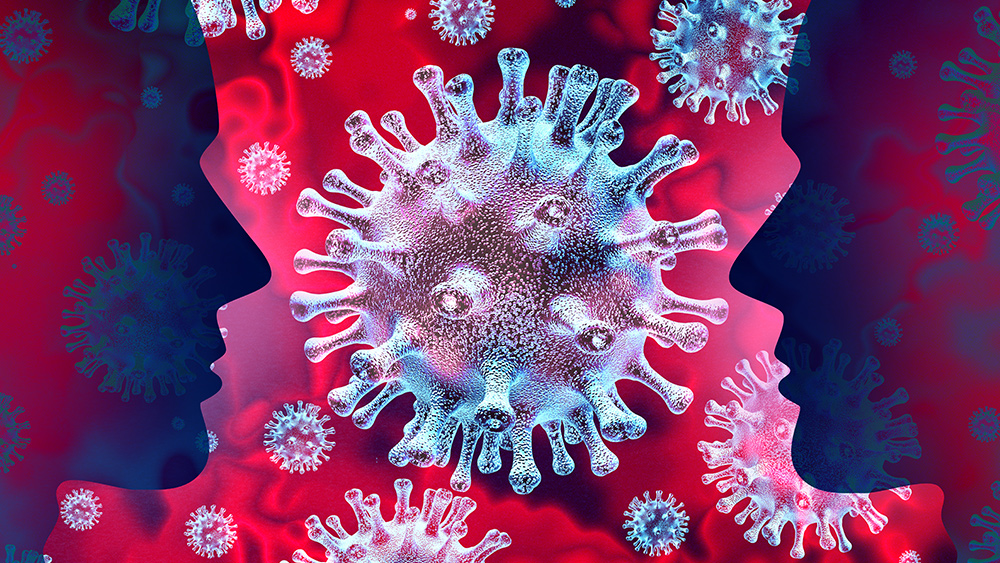Don’t lose your cool: Preps that will help you beat the heat if you lose power
02/21/2020 / By Zoey Sky
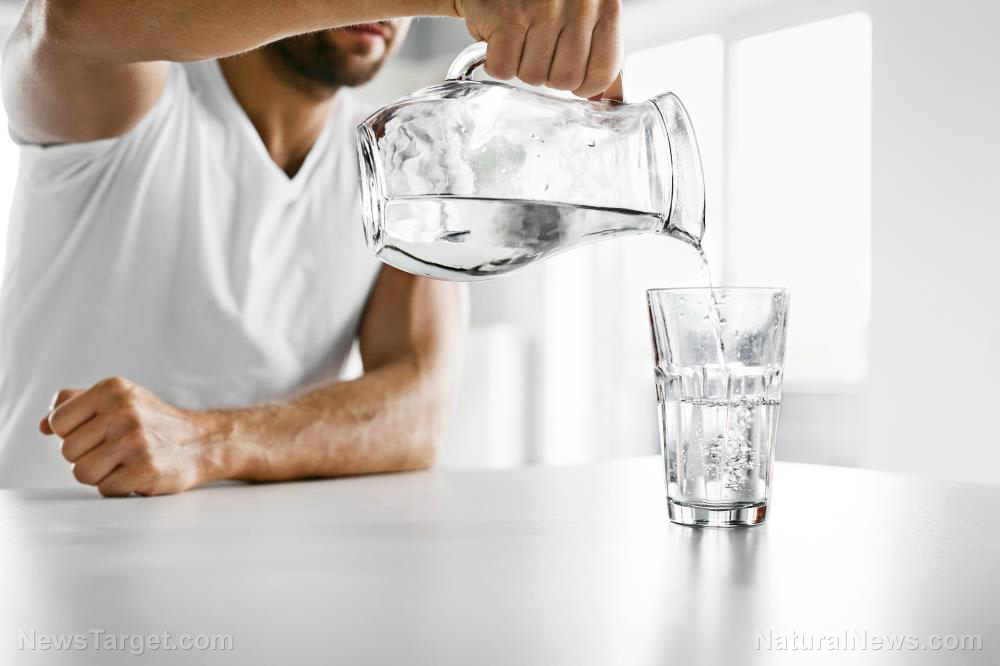
A prepper worth their salt is always ready for most emergencies. For instance, if a power outage occurs on a hot day, would you know how to stay cool? If the answer is “no,” here are natural ways to beat the heat during a power outage. (h/t to BeansBulletsBandagesAndYou.com)
How to cool down during a power outage
If it’s too hot to sleep outside, take a nap on your porch. Consider setting up a screened porch in your home as your plan B if the power goes out during hot weather. If a porch isn’t possible, get a roomy tent with big, screened windows that the whole family can sleep in.
Hate bugs? Buy a tent with a floor for a bug-free nap area. For those who live in the Midwest with frequent thunderstorms, get a tent with windows that close properly.
Short-term indoor cooling solutions include:
- Battery-powered fans – Get smaller fans that only need rechargeable D batteries. With a solar charger for the batteries, you’re good to go when the power goes out. Another option is to have larger fans that run on the same type of batteries.
- Cooling towels – Cooling towels are made of a specialized cloth that’s absorbent and doesn’t drip like regular towels. Cooling towels dry quickly for more efficient cooling.
- Stay hydrated – Drink enough water to prevent dehydration and take a sponge bath to cool off. Sponge down babies with water on hot days. You can soak a cloth and drape it over yourself to cool off during bedtime. (Related: Beware of the summer bugout: Prepare to stay hydrated or the heat might literally kill you.)
If you’re planning on setting up a bug-out shelter, select a location with good ventilation that will help reduce the heat level. Don’t block off areas or fixtures with renovations or windows that don’t open. Add screens and bars to beef up security, if needed.
Heat-related illnesses to watch out for
Learn the symptoms of three heat-related illnesses that you or someone in your group may experience if the summer heat is unbearable or if there is a heatwave in your area. The heat can kill, especially if someone in your group is very young, very old or has heart conditions.
Heat cramps
Heat cramps are muscular pains and spasms that often occur in your abdomen or legs. Heat cramps are usually the first sign that your body is reacting negatively to the heat.
When treating someone with heat cramps, let them rest in a cooler place. Lightly stretch the affected muscle, then gently massage the area.
Don’t give the patient salt tablets and give them plenty of water to drink.
Heat exhaustion
Heat exhaustion is a more severe condition than heat cramps. It usually affects athletes, firefighters and those wearing heavy clothing in a hot, humid environment.
Symptoms of heat exhaustion include:
- Cool, moist, pale, ashen or flushed skin
- Dizziness
- Exhaustion
- A headache
- Nausea
- Weakness
Move the patient to a cooler room with circulating air and remove or loosen as much clothing as possible. Apply cool, wet cloths or towels to their skin, then fan or spray the person with water.
You can give a conscious patient small amounts of a cool fluid like fruit juice, milk or water. Give them four ounces of fluid every 15 minutes.
If their condition doesn’t improve or if they refuse to drink water or vomits, call the local emergency number.
Heat stroke
Heat stroke is a fatal condition and it often occurs if you ignore the symptoms of heat exhaustion. A person may suffer from heat stroke if their body is completely overwhelmed by heat and stops functioning.
Symptoms of a heat stroke include:
- Changes in consciousness
- Confusion
- Extremely high body temperature
- Red skin that’s either dry or moist
- Rapid, shallow breathing
- Rapid, weak pulse
- Seizures
- Vomiting
Call the local emergency number immediately if someone is showing these signs.
While waiting for emergency medical responders, rapidly cool the patient by immersing them up to the neck in cold water. Alternatively, you can spray them with cold water.
Sponge the patient’s whole body with ice water-doused towels. Rotate the cold, wet towels. If possible, cover them with bags of ice.
If you can’t measure and monitor the patient’s temperature, apply rapid cooling methods for 20 minutes or until their condition improves.
Choose a well-ventilated location, stay hydrated and consider these short-term preps to stay cool during a power outage.
Sources include:
Tagged Under: bug in, bug out, cooling down, disaster, emergency, grid down, heat, heat stroke, how-to, off grid, Power Outage, preparedness, prepping, SHTF, summertime, survival
RECENT NEWS & ARTICLES
SHTF.News is a fact-based public education website published by SHTF News Features, LLC.
All content copyright © 2018 by SHTF News Features, LLC.
Contact Us with Tips or Corrections
All trademarks, registered trademarks and servicemarks mentioned on this site are the property of their respective owners.






